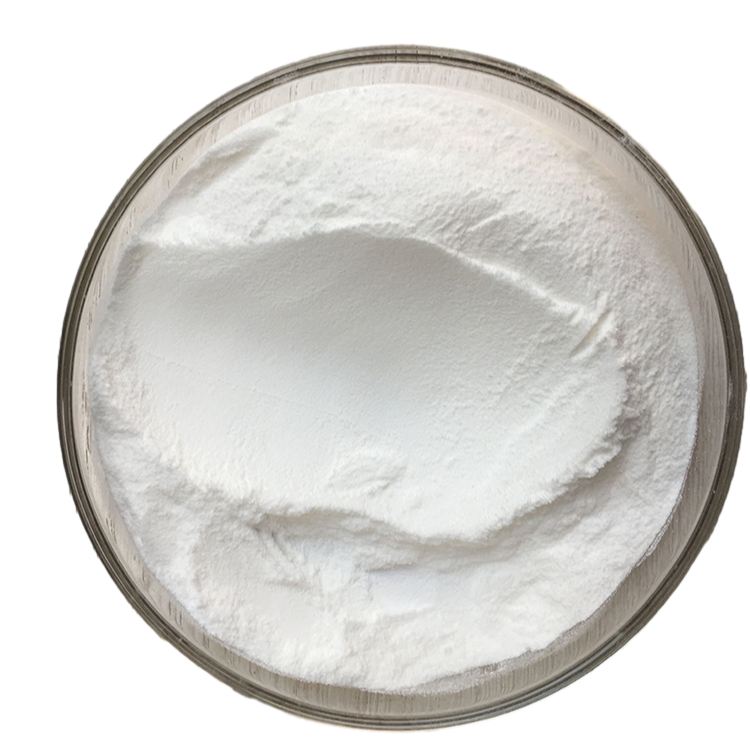-
Categories
-
Pharmaceutical Intermediates
-
Active Pharmaceutical Ingredients
-
Food Additives
- Industrial Coatings
- Agrochemicals
- Dyes and Pigments
- Surfactant
- Flavors and Fragrances
- Chemical Reagents
- Catalyst and Auxiliary
- Natural Products
- Inorganic Chemistry
-
Organic Chemistry
-
Biochemical Engineering
- Analytical Chemistry
- Cosmetic Ingredient
-
Pharmaceutical Intermediates
Promotion
ECHEMI Mall
Wholesale
Weekly Price
Exhibition
News
-
Trade Service
D4 treatment reduces the proliferation and activation
of astrocytes in two different regions of the brain.
Intraperitoneal injection of pirocamine in mice induced seizures
.
7 days after pilocapine-induced seizures, researchers observed a chronic increase in the number of astrocytes (marked with red GFAP staining; All nuclei DAPI stained blue).
A single injection of the novel hemichannel antagonist D4 significantly inhibits the proliferation of astrocytes before and after induced seizures, thereby reducing neuroinflammation
.
Temporal lobe epilepsy (TLE) is one of the most common types of
epilepsy in the world.
Despite the availability of symptomatic drugs, one-third of patients with TLE do not respond to current treatments, so new drug targets are urgently needed
.
A research team co-led by neuroscientists at the City University of Hong Kong (CityU) recently discovered and developed a new drug candidate that has the potential to effectively treat TLE
by inhibiting neuroinflammation.
Epilepsy is one of the most common chronic brain disorders characterized by recurrent and spontaneous seizures
.
Most current anti-epileptic drugs target neurons and synapses
in the brain.
They are effective at altering neural circuits and synapses, but this treatment ignores another important pathology: neuroinflammation
.
Neuroinflammation is caused by abnormal function of reactive glial cells such as astrocytes and microglia, causing an immune response
in the brain.
There is growing evidence that connexin-based brain glial interstitial junctions and hemichannels play a key role
in LET.
Hemichannels are channels or pathways made up of a combination of six proteins that allow small molecules such as glutamate to be released from astrocytes and microglia into extracellular space
.
A gap junction is formed when the hemichannels of two adjacent cells dock with each other (as shown in Figure 1).
But inhibiting both gap junctions and hemichannels can lead to undesirable side effects because the former coordinates the physiological functions
of the cell combination.
Therefore, scientists need to find a way to block only the connexin hemichannel to effectively reduce neuroinflammation and fewer side effects
.
The research team, led by Dr.
Liu Junyue, assistant professor in the Department of Neuroscience at the University of Chinese in Hong Kong, has discovered a new small organic molecule called D4 that selectively blocks connexin hemichannels, but not gap junctions
.
The research team studied its effects
in treating TLE using mouse models.
The results showed that D4 strongly inhibited LET-induced neuroinflammation, inhibited TLE episodes, and improved animal survival
.
The findings were published in
the Proceedings of the National Academy of Sciences (PNAS).
The new drug D4 inhibits neuroinflammation
Dr Liu said: "This is a very exciting and encouraging result
for translational research on epilepsy.
" "We have identified a very promising new drug candidate for the treatment of epilepsy that works through a new mechanism – blocking the connexin hemichannel
.
Our study also highlights the important role
of neuroinflammation in neurological diseases such as epilepsy.
”
The new drug, called D4, targets a new ion channel, the connexin hemichannel
in glial cells.
Glia include astrocytes and microglia and are important
for regulating neurotransmission.
Excess glutamate and other molecules can leak from reactive glial cells into the extracellular environment through hemichannels, altering synapses, enhancing neuroinflammation and exacerbating seizures
.
By using D4-specific blocking of connexin hemichannels, Dr.
Liu's team can directly target neuroinflammation
caused by astrocytes and microglia.
The study used a pirocapine model of mouse epilepsy, a well-known model that produces a phenotype
similar to human LET.
Intraperitoneal injection of pirocamine in mice induced seizures
.
Oral administration of D4 before inducing seizures can effectively reduce neuroinflammation and change synaptic inhibition, thereby improving animal survival
.
For treatment after induced seizures, a single dose of D4 has a long-term effect
on inhibiting the activation of astrocytes and microglia.
This suggests that D4 is effective in relieving neuroinflammation and has long-term effects
.
One dose can bring long-term benefits
The pre- and post-treatment results suggest that D4-targeting connexin hemichannels is an effective and promising strategy for treating epilepsy in which neuroinflammation plays a key role
.
The drug can be taken orally, effectively into the brains of mice to reduce the harmful effects
of neuroinflammation.
A single dose is effective in preventing future seizures
.
"We hope that this study will eventually lead to new and better treatment
options for people with epilepsy.
" The team will continue to study the astrocyte mechanisms of epilepsy and identify more new therapeutic targets
.
The first author of the paper is Dr.
Guo Annie, a doctoral student at City University and a postdoctoral fellow in Dr.
Liu's laboratory.
Corresponding co-authors include Dr.
Liu and Professor
Juan C Saez of the University of Valparaíso in Chile.
Dr.
Liu's doctoral student Huiqi Zhang and research assistant Huanhuan Li also participated in the study
.
The research was supported
by City University of Hong Kong, the Hong Kong Research Grants Council, InnoHK and the Shenzhen General Basic Research Scheme.
Inhibition of connexin hemichannels alleviates neuroinflammation and hyperexcitability in temporal lobe epilepsy







